The Montessori philosophy has captivated the hearts and minds of educators and parents alike. Its core principle? Following the child and creating an environment that fosters independence and a love for learning. But when your little one is just two years old, you might wonder how to begin adapting the Montessori method at such a young and impressionable age.
Teaching Montessori to a 2-year-old can seem daunting at first. However, with the right environment, tools, and mindset, you can help your child discover the joy of learning while building essential skills. This blog is here to guide you step-by-step, with simple tips and insights to make this process both enjoyable and impactful.
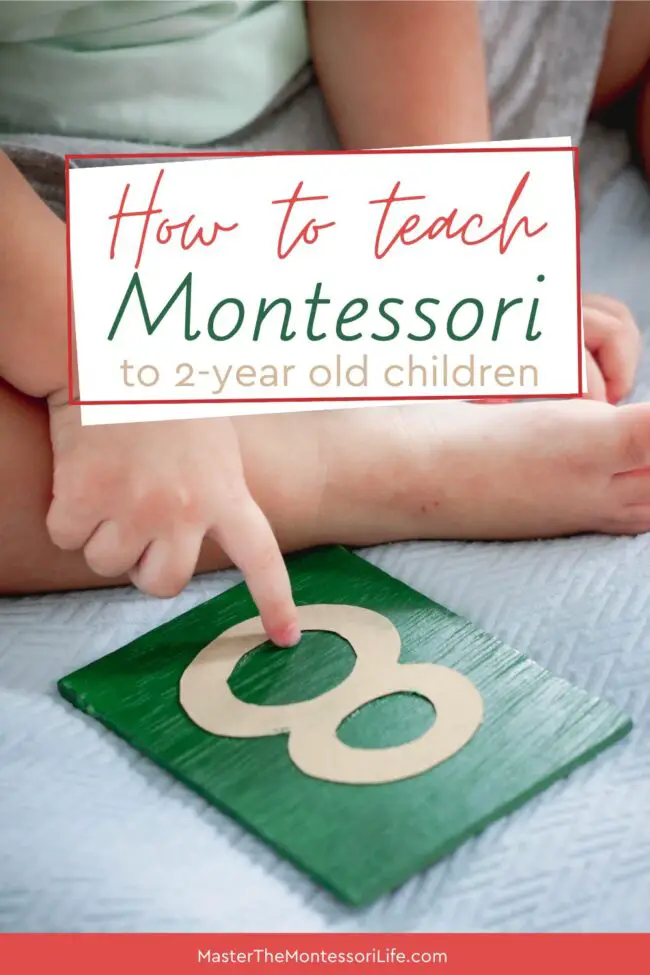
1. Create a Montessori Environment at Home
The learning environment is the foundation of Montessori education. For 2-year-olds, it’s essential to create a space where they can explore freely and safely.
Start small by organizing their toys, books, and everyday items. Store them at their eye level in accessible shelves or baskets. This encourages independence and allows them to make their own choices. Stick to natural materials (like wooden toys) and avoid clutter, as simplicity fosters focus.
Introduce child-sized furniture like a small table and chair. This creates a space where your little one can work comfortably. Items like mini brooms or child-sized utensils also allow them to mimic everyday tasks, which is a huge part of Montessori’s Practical Life skills.
Pro Tip:
Take advantage of digital resources! The “Exploring the Aesthetic Foundations of the Montessori Environment” digital book from Master the Montessori Life Shop is an excellent guide to designing an ideal Montessori space for your child.
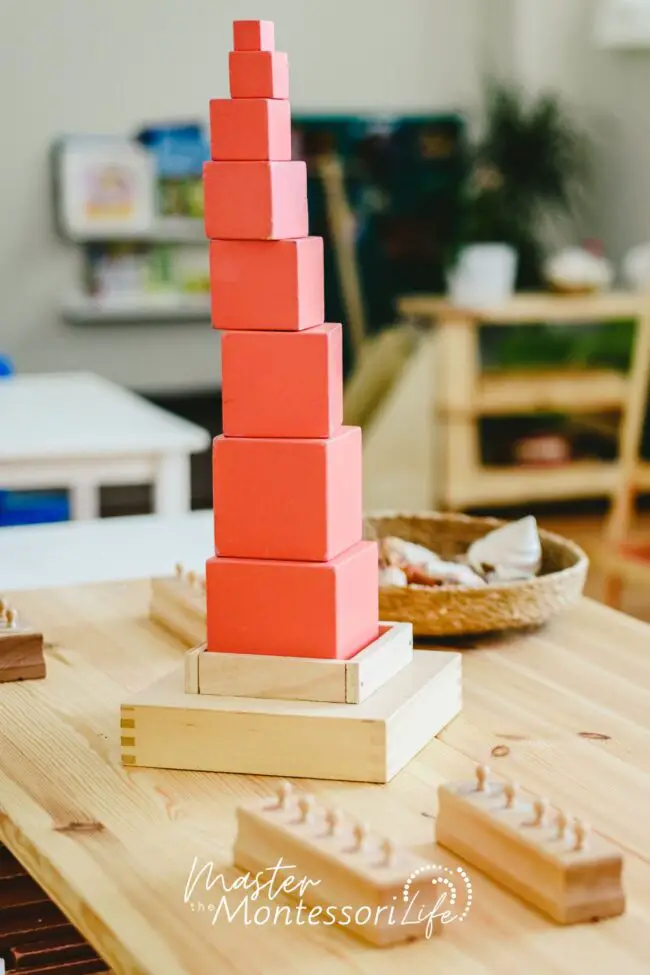
2. Encourage Practical Life Activities
Practical Life activities are a hallmark of Montessori learning. They involve tasks that emulate the child’s everyday environment, such as pouring water, sweeping, and folding towels. These activities not only develop fine motor skills but also nurture independence and confidence.
For a 2-year-old, start with age-appropriate activities:
- Pouring: Provide a small pitcher and glasses. Teach them to pour water, slowly developing their grip and hand control.
- Sorting: Give them objects like buttons or beans to sort by color or size, enhancing their concentration.
- Care for Self and Environment: Teach them to brush their hair or water a plant. These activities instill responsibility.
Remember, it’s not about getting the task perfect but fostering your child’s perseverance and joy in learning.
Pro Tip:
Keep activities aligned with their interests. If they’re curious about cleaning, give them a small cloth to wipe surfaces. If they’re fascinated by food prep, involve them in a simple task like peeling a banana.
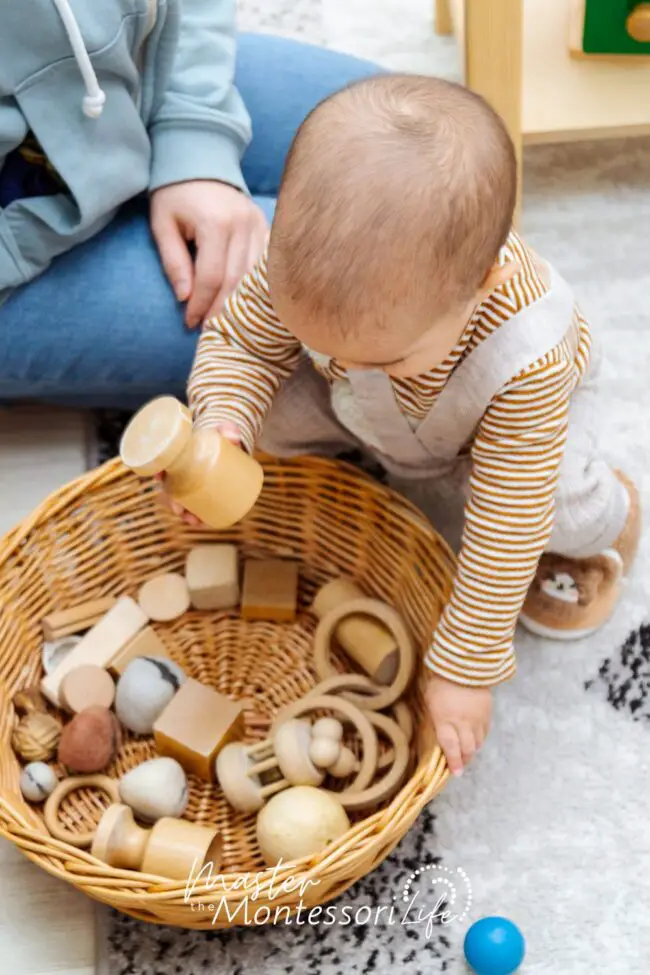
3. Introduce Sensorial and Language Materials
At two, children are in the sensitive period for language and developing their senses. Sensorial activities and language lessons play a pivotal role in their Montessori experience.
For sensorial development, offer materials that engage their senses:
- Touch: Textures like sandpaper or smooth stones.
- Sound: Instruments like xylophones or egg shakers.
- Matching games: Color matching or scent jars help isolate and strengthen specific senses.
When it comes to language, reading together is crucial. Select books with realistic pictures and simple language. Use descriptive words to expand their vocabulary as you guide their exploration. For example, say “soft brown cat” instead of just “cat.” Incorporate hands-on language cards for word recognition and comprehension.
Pro Tip:
Master the Montessori Life has Montessori 3-Part Cards, which are fantastic for introducing early concepts like animals, colors, or everyday objects. They’re a fun and interactive way to teach language while reinforcing focus.
Why Montessori Works Wonders for 2-Year-Olds
Montessori meets 2-year-olds exactly where they are developmentally. It provides structure while respecting their independence and innate curiosity. Here’s why it works:
- It enhances independence by emphasizing “I can do it myself!” activities.
- It builds foundational life skills that instill confidence.
- It nurtures a genuine love of learning that lasts a lifetime.
The key lies in patience and consistency. Every child develops at their own pace, so your role is to follow their lead while offering guidance and support.
Next Steps in Your Montessori Journey
Teaching Montessori to a 2-year-old is more than a learning method; it’s a lifestyle. By implementing simple changes in your environment, fostering independence, and incorporating tactile and language activities, you’re setting the stage for your child’s natural development.
If you’re ready to take the next step, consider investing in resources that can refine your approach. The “Montessori Life Foundations Framework” available at Master the Montessori Life Shop is an invaluable tool to deepen your understanding and application of Montessori principles.
And remember, you’re not alone in this! There’s an entire community of Montessori parents and educators ready to share their experiences, offer solutions, and celebrate milestones together.
Enjoy this wonderful phase with your 2-year-old, and happy Montessori teaching!
If you loved this article, you will love these products:
You might also enjoy these relevant topics:
- Motor Skills for Hands the Montessori Way
 The Montessori Method puts a special focus on developing motor skills for hands, recognizing how essential they are for independence, confidence, and curiosity.
The Montessori Method puts a special focus on developing motor skills for hands, recognizing how essential they are for independence, confidence, and curiosity. - Simplify Toy Rotation with Montessori Checklist
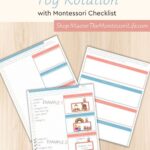 Make Toy Rotation Simple and Fun with the Montessori Toy Rotation Checklist Labels and Chart. Organizing your child’s play area shouldn’t be stressful! That’s why the Montessori Toy Rotation Checklist, Labels & Chart is every parent’s new best friend when it comes to keeping toys fresh and shelves inviting.
Make Toy Rotation Simple and Fun with the Montessori Toy Rotation Checklist Labels and Chart. Organizing your child’s play area shouldn’t be stressful! That’s why the Montessori Toy Rotation Checklist, Labels & Chart is every parent’s new best friend when it comes to keeping toys fresh and shelves inviting. - Sight Words for Toddlers in Montessori Language Arts
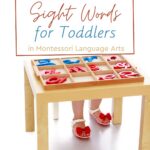 When you look into Montessori Language Arts, you will find a unique and engaging approach that helps toddlers master these important words.
When you look into Montessori Language Arts, you will find a unique and engaging approach that helps toddlers master these important words. - Sensitive Periods in Child Development
 These sensitive periods are unique windows of opportunity that help children easily absorb important skills and concepts.
These sensitive periods are unique windows of opportunity that help children easily absorb important skills and concepts. - Montessori Practical Life Step 1 Guide
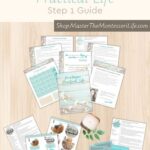 Montessori Practical Life Step 1 Checklists The Easy Way to Keep Your Montessori Journey Organized: Discover an affordable, printable checklist set that helps you organize lessons, track progress, and ensure Practical Life success for every child.
Montessori Practical Life Step 1 Checklists The Easy Way to Keep Your Montessori Journey Organized: Discover an affordable, printable checklist set that helps you organize lessons, track progress, and ensure Practical Life success for every child. - How to Incorporate Montessori Activities into Your Baby’s Daily Routine
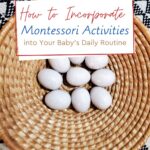 Well, let me get started by telling you that it isn’t just incorporating it into your baby’s daily routine… you need to make it a part of your own as well!
Well, let me get started by telling you that it isn’t just incorporating it into your baby’s daily routine… you need to make it a part of your own as well!

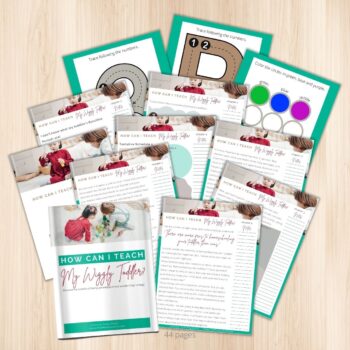
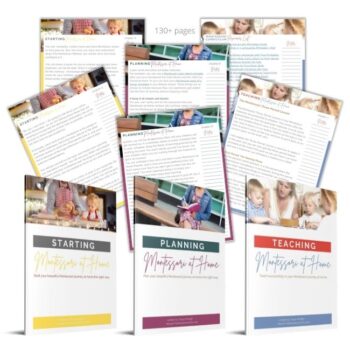


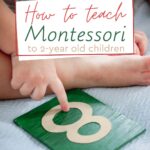


Leave a Reply